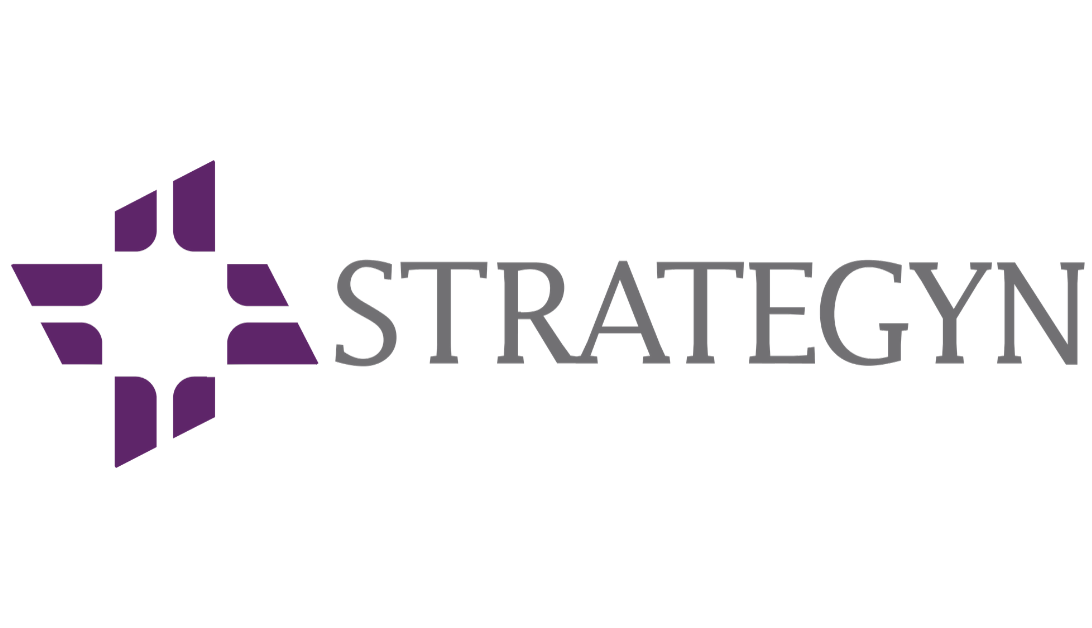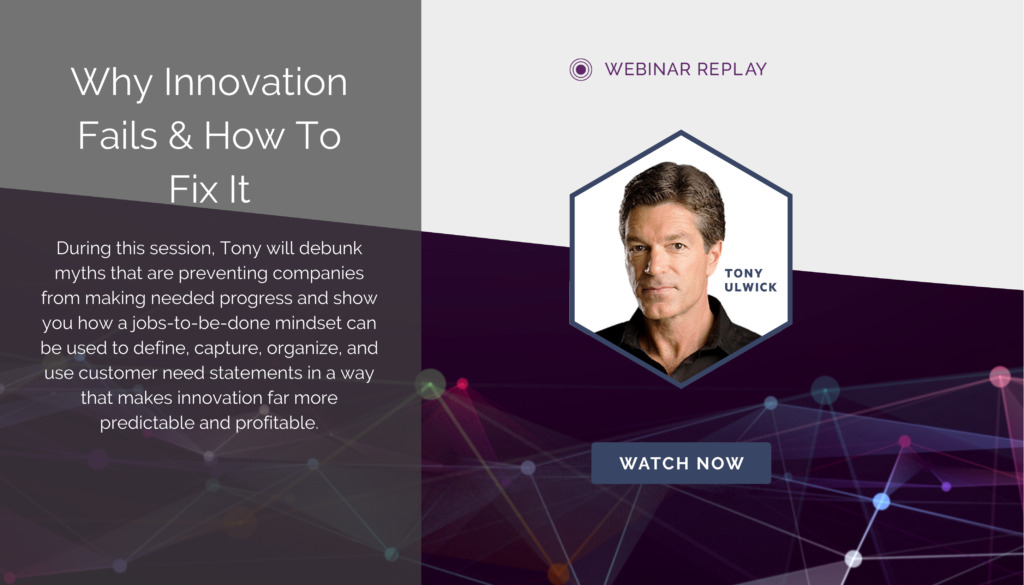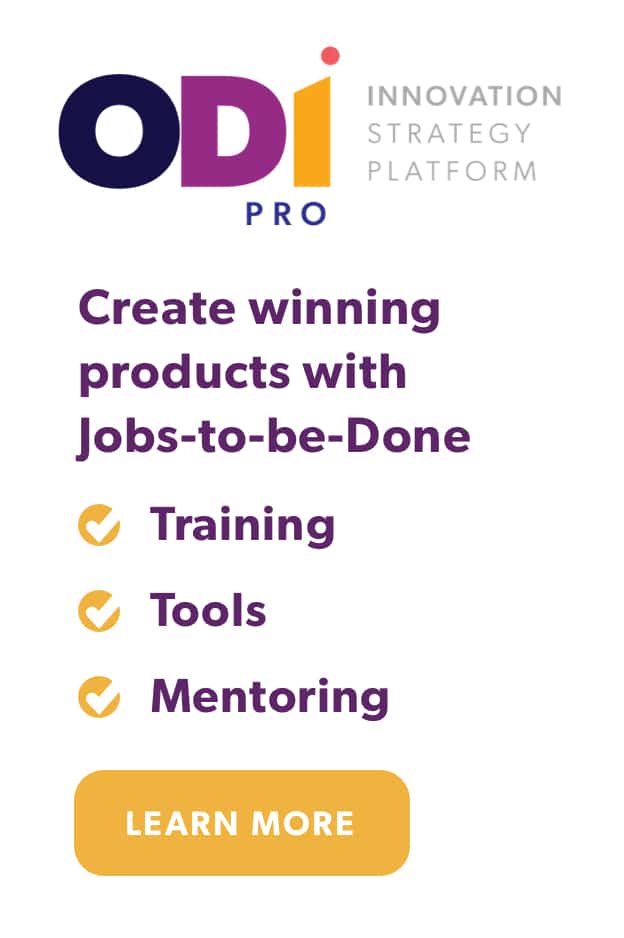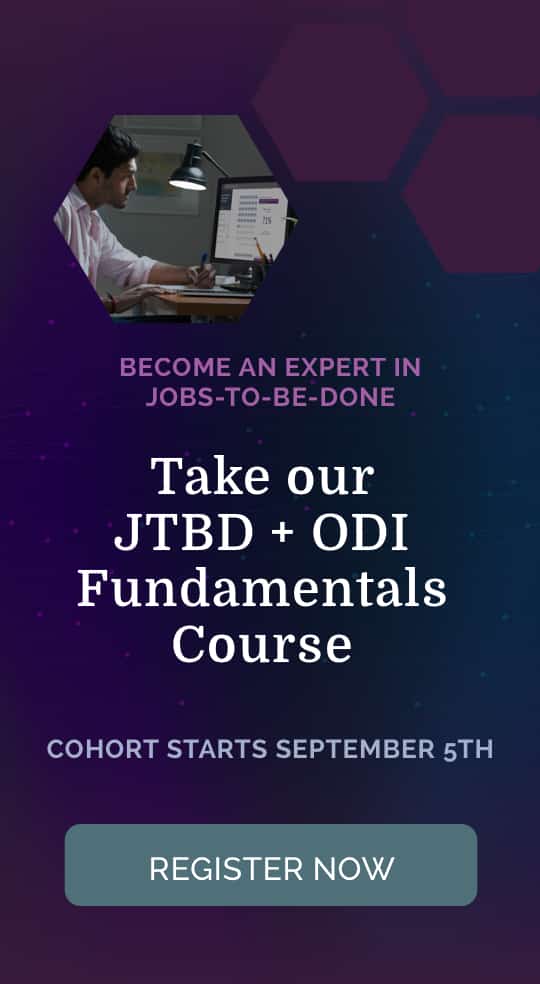Innovating during COVID-19 is all about customer needs discovery
Companies naturally react to crises by preparing for the worst and hoping for the best. But while preparing for the worst is prudent, hoping for the best is not an effective strategy. Hope won’t lead to the discovery of new market opportunities, new product and service offerings, or the chance to secure a market leadership position.
Throughout history, the companies that excel during times of crisis are those that effectively act, and today’s situation is no exception. What companies need—now, more than ever—is to invest in new products and services that address the customer’s evolving needs. This also means they must invest in an approach to innovation that ensures their success.
In this article I explain why now is the time to act on your innovation initiatives and what steps to take today to secure your company’s future.
What new innovation challenges does the COVID-19 crisis impose?
A recent McKinsey executive survey reveals the following important facts:
- 90% of executives believe that the COVID-19 crisis will fundamentally change the way they do business over the next 5 years
- 85% are concerned that the COVID-19 crisis will have a lasting impact on their customers’ needs over the next 5 years
- Only 21% believe they have the expertise, resources, and commitment to pursue new growth successfully
- 67% believe that this will be the most challenging moment in their executive career
Dozens of executive interviews we’ve recently conducted at Strategyn provide additional insights into these concerns. We learned, for example, that executives are pushing their product teams to be the first to effectively address the changes in customer needs..
Consequently, companies are being pressured to get quick answers to the questions like:
- What new customer needs have emerged as a result of the crisis?
- What current needs have taken on elevated importance?
- What new opportunities exist?
- Are the changes in customer needs permanent?
- Should we invest now or wait until the picture becomes more clear?
Because they must act quickly, companies are also concerned that their current innovation practices will fail them. With innovation success rates typically below 20%, executives recognize that it’s also a top priority to take the guesswork out of innovation.
As one executive responsible for growth in the fintech industry explained:
“We are in a situation where we have to know how the crisis is impacting all our customers’ needs. This means we have to quickly look at the entire system, from product acquisition to product performance to product support, and learn where to make the right investments. With no room for error, we cannot rely on traditional innovation practices.”
Your opportunity lies in addressing customers’ changing needs.
Market landscapes have shifted, new opportunities have emerged, and the race is on to address those opportunities with new solutions. This is a rare opportunity for a market leader to further secure its position or for a new market entrant to leapfrog traditional competitors.
The crisis has accelerated digital transformation, AI, ML, and other technology programs in many firms, and those who know where to invest will outpace those that do not.
So, what is the best way for executives to navigate the innovation landscape? The answer will surprise you.
It’s not about generating and testing more ideas.
Nor is it about failing faster.
The companies who win in a time of crisis are those who are first to effectively understand and address their customer’s changing needs.
The goal of senior leaders is therefore to rally the organization around a shared understanding of those needs and the new opportunities for revenue growth. With a deep and accurate understanding of the opportunities, companies will hit the right targets with the right solutions.
On the other hand, a failure to obtain a deep and accurate understanding of the opportunities will lead to failure. Without the necessary insights, opinion will override facts. Intuition will win over data. And innovation will continue to be a random process.
Where do you begin? With a new innovation process.
The place to start is with an innovation process that provides the insights businesses need to understand how their customer needs have changed.
There are 3 steps to success:
- Adopt an outcome-driven mindset when it comes to understanding customer needs. Define needs as the metrics customers use to measure success when getting their “job” done. Knowing how customers measure success will help to reveal where they are struggling to get the job done—and where to focus to create customer value.
- Apply this mindset to your markets of interest. Businesses can obtain deep customer insights in days through virtual customer interviews. This allows them to prioritize outcome statements in weeks, quickly revealing where customers are underserved—and by how much. Learn more about the Outcome-Driven Innovation process here.
- Act on the insights. With a deep understanding of the customer’s unmet needs, you will be in a position to act on those insights—to conceptualize and test new, innovative solutions that are certain to address the growth opportunities the business has discovered.
To be great at innovation, a company must employ a great innovation process—one that is proven to take the guesswork out of innovation. Such a process exists. Using the Outcome-Driven Innovation process, your company has the opportunity to look at its markets through a new lens and be the first to discover and address the emerging opportunities for growth.
With the right focus and an innovation process pointing you in the right direction, your company’s future will be bright.





